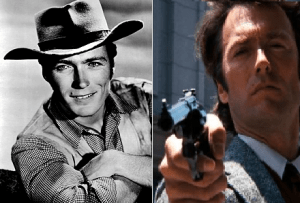
“John Wayne was no actor.”
Yes, that’s what she said! While working a crossword puzzle, my wife had asked me about Academy Award winners from the ‘60s, and I’d suggested the Duke. My response was met with the above inflammatory statement. (John Wayne wasn’t the answer to the puzzle, but in fact, he did win an Oscar in 1969 for True Grit.)
But my wife’s comment got me to thinking. No doubt many would agree with her. After all, John Wayne pretty much played the same role in all of his movies. When he portrayed Genghis Khan in The Conqueror, he played the title character “as a gunfighter.” Does that mean Wayne wasn’t really an actor? How about George C. Scott? Both actors had millions of fans. People watched their movies to see how each actor adapted his latest role to his unique personality. Both had an electric presence that energized every character they portrayed.
But there are polar opposites that are equally enjoyable to watch. Consider Christian Bale, or Meryl Streep, or Dustin Hoffman. Their talent lies in adapting themselves to the role. These actors dissolve into the personality of the character they portray. While watching them, you see Batman, Sophie Zawistowski, or Benjamin Braddock. The character being portrayed is so vivid, you don’t see the actor.
The elegant Fred Astaire was said to have vanished into the fluidity of his dance moves. James Cagney, on the other hand, with his bouncy, stiff-legged leaps and sprints, brought a prizefighter’s moves to the dance floor. One made you see the dance, the other made you see him. And both pulled in large — and appreciative — audiences.
Certain writers display similar approaches to their craft. Whenever I read The Grapes of Wrath, or Tortilla Flat, I’m carried away by the story, the characterization, and the beauty of the language. Those are the things I feel when I read a John Steinbeck piece. However, when I read Robert E. Howard, I see his fiery personality illuminating the action, whether the story is about Conan, King Kull, or Solomon Kane. And the same goes for The Call of the Wild and The Sea-Wolf — you know you’re seeing Jack London, or aspects of him, on every page.
Piet Mondrian once declared that “The position of the artist is humble. He is essentially a channel.” There’s discipline in that approach, one that Meryl Streep, Fred Astaire, and John Steinbeck could agree on. The artist must get out of the way so the art can live.
But the other approach, that of George C. Scott, Robert E. Howard, and Jack London, also produces good art. John Lennon put it this way: “If being an egomaniac means I believe in what I do and in my art or music, then in that respect you can call me that… I believe in what I do, and I’ll say it.”
Writer and mystic Thomas Merton once suggested an intriguing compromise between the two extremes: “Art enables us to find ourselves and lose ourselves at the same time.” Yes.
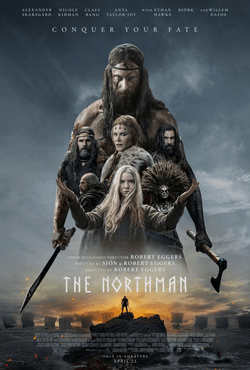
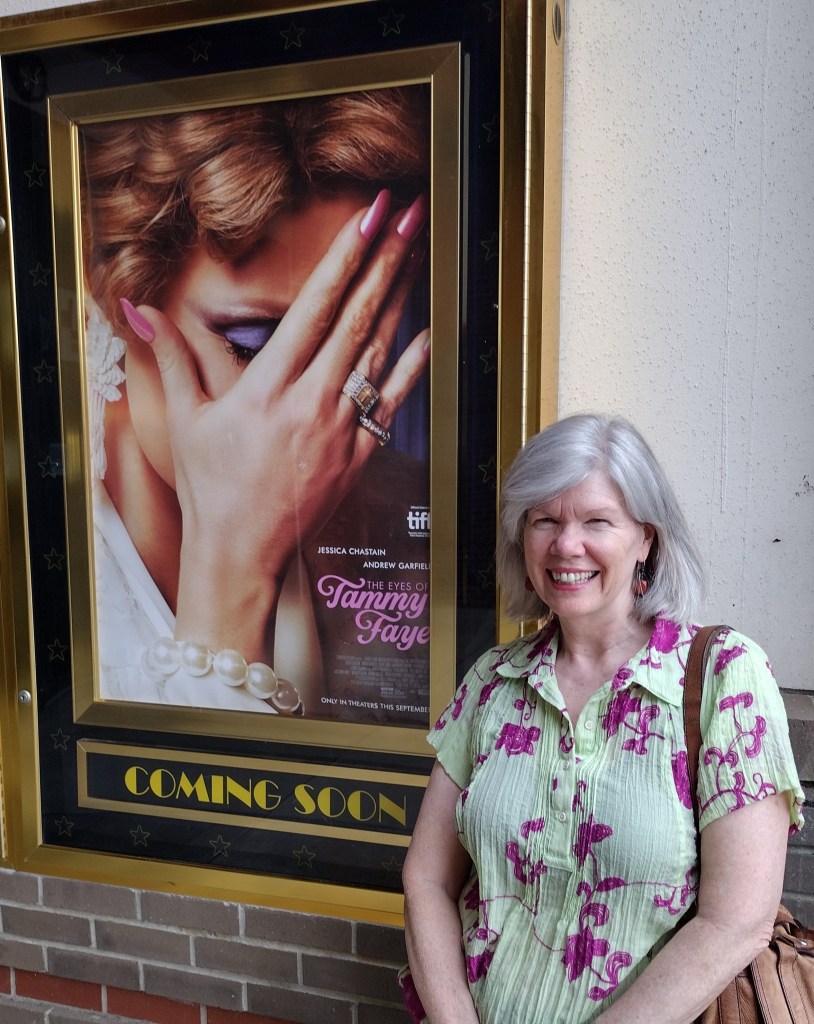
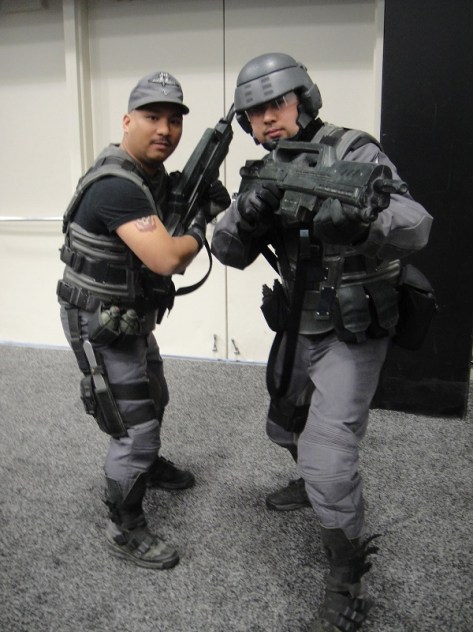
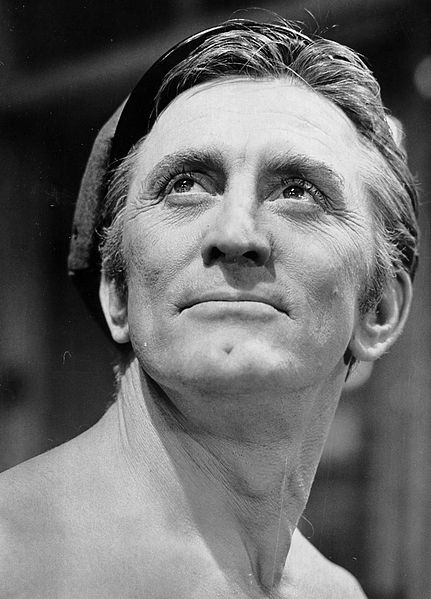

 Last night, the
Last night, the 